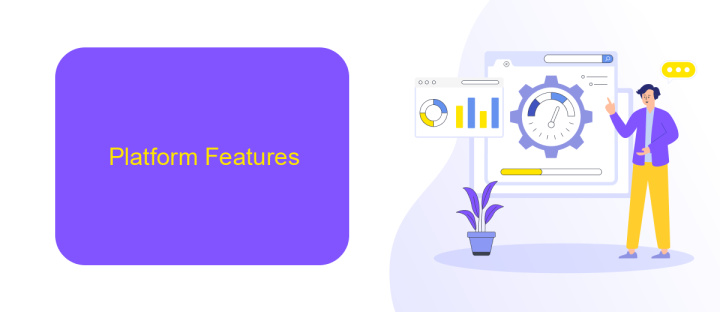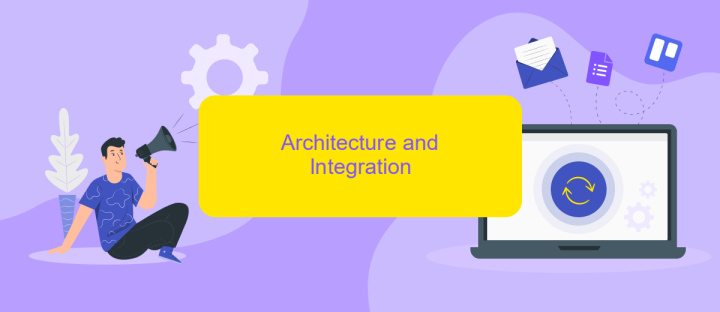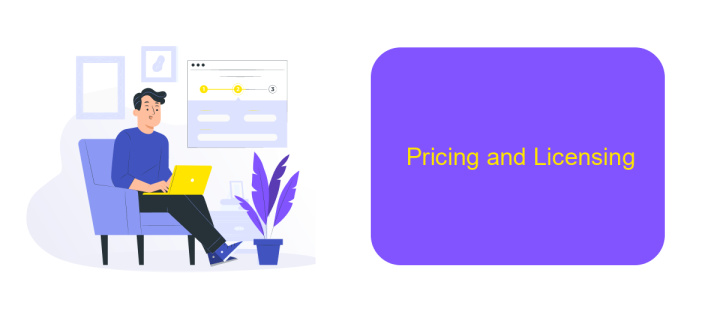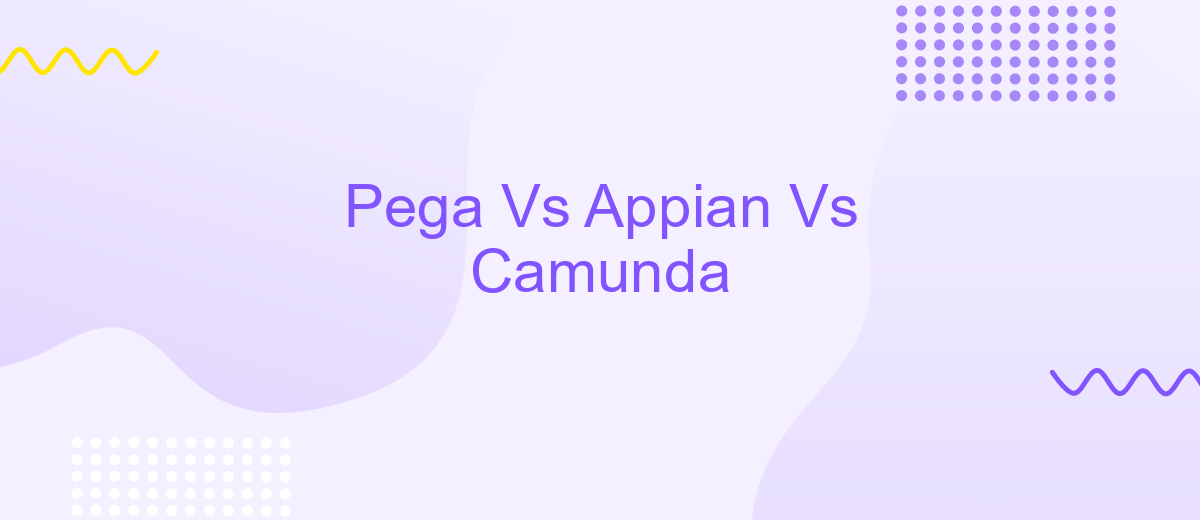Pega Vs Appian Vs Camunda
In the rapidly evolving landscape of business process management (BPM), choosing the right platform can be a game-changer. Pega, Appian, and Camunda are three leading contenders, each offering unique strengths and capabilities. This article delves into a comparative analysis of these BPM giants, helping you understand their key features, advantages, and potential drawbacks to make an informed decision.
Introduction
In today's rapidly evolving technological landscape, businesses are constantly seeking ways to streamline their processes and enhance efficiency. Three leading platforms in the realm of business process management (BPM) are Pega, Appian, and Camunda. Each of these platforms offers unique features and capabilities that cater to different organizational needs and preferences.
- Pega: Known for its robust automation and AI capabilities, Pega excels in handling complex workflows and customer engagement.
- Appian: With a focus on low-code development, Appian enables rapid application development and is ideal for organizations looking to quickly adapt to changing business requirements.
- Camunda: An open-source platform, Camunda is highly customizable and integrates seamlessly with various systems, making it a favorite among developers.
When choosing the right BPM platform, it is crucial to consider factors like integration capabilities, ease of use, and scalability. Services like ApiX-Drive can facilitate seamless integration between these BPM platforms and other business tools, ensuring a smooth and efficient workflow. Understanding the strengths and limitations of Pega, Appian, and Camunda will help organizations make informed decisions that align with their strategic goals.
Platform Features

Pega, Appian, and Camunda each offer unique platform features tailored to different business needs. Pega excels in its robust case management and dynamic workflow capabilities, making it ideal for complex business processes. It also provides comprehensive AI-driven decision-making tools, which enhance operational efficiency. Appian, on the other hand, is known for its low-code development environment, enabling rapid application deployment. Its user-friendly interface and strong integration capabilities with third-party services, including ApiX-Drive, make it a versatile choice for businesses seeking agility and ease of use.
Camunda differentiates itself with its open-source nature and strong focus on BPMN (Business Process Model and Notation) standards. This makes it highly customizable and suitable for enterprises that require detailed process modeling and automation. While it may require more technical expertise compared to Pega and Appian, Camunda's flexibility and scalability are significant advantages. Additionally, for seamless integration needs, services like ApiX-Drive can be leveraged to connect Camunda with various external systems, enhancing its overall functionality and interoperability.
Architecture and Integration

Pega, Appian, and Camunda each offer distinct architectural frameworks and integration capabilities, catering to various business needs. Pega's architecture is built on a unified platform that supports end-to-end automation and case management. Appian, on the other hand, leverages a low-code approach, enabling rapid application development and seamless integration with existing systems. Camunda focuses on a lightweight, developer-friendly architecture, emphasizing flexibility and scalability.
- Pega: Unified platform, strong in case management and automation.
- Appian: Low-code development, easy integration with existing systems.
- Camunda: Lightweight, developer-friendly, highly flexible and scalable.
All three platforms offer robust integration capabilities with external systems. For instance, ApiX-Drive can be used to simplify the integration process, allowing businesses to connect various applications without extensive coding. This service enhances the interoperability of Pega, Appian, and Camunda, ensuring smooth data flow and operational efficiency across different platforms.
Pricing and Licensing

When comparing Pega, Appian, and Camunda, understanding their pricing and licensing structures is crucial for making an informed decision. Each platform offers unique pricing models tailored to different business needs, which can significantly impact your budget and ROI.
Pega typically follows a subscription-based pricing model, which can be customized based on the number of users and specific features required. Appian also uses a subscription model, offering various tiers that cater to different organizational sizes and needs. Camunda, on the other hand, provides a more flexible licensing approach, including both open-source and enterprise editions.
- Pega: Subscription-based, customizable pricing.
- Appian: Tiered subscription model.
- Camunda: Open-source and enterprise editions.
It's essential to evaluate these pricing models in the context of your organization's requirements and budget constraints. Additionally, consider the costs of integration services like ApiX-Drive, which can streamline the connection between these BPM platforms and other business applications, further enhancing their value.
Use Cases and Industry Applications
Pega, Appian, and Camunda are widely used in various industries for their robust process automation capabilities. Pega excels in complex case management and is often employed in financial services, healthcare, and telecommunications. Appian, known for its low-code platform, is popular in sectors like government, insurance, and life sciences, where rapid application development is crucial. Camunda, with its open-source BPMN engine, is favored in industries like manufacturing and logistics for its flexibility and scalability in automating business processes.
These platforms also support extensive integrations to enhance their functionalities. For example, ApiX-Drive can be used to streamline data flow between Pega, Appian, and Camunda and other enterprise systems. This service simplifies the integration process, allowing businesses to connect various applications without requiring extensive coding. By leveraging ApiX-Drive, organizations can ensure seamless interoperability, thereby maximizing the efficiency of their automated workflows across different industry applications.
- Automate the work of an online store or landing
- Empower through integration
- Don't spend money on programmers and integrators
- Save time by automating routine tasks
FAQ
What are the primary differences between Pega, Appian, and Camunda?
Which platform is best suited for low-code development?
How do these platforms handle integration with other systems?
What are the licensing models for Pega, Appian, and Camunda?
Which platform offers the best support and community resources?
Apix-Drive will help optimize business processes, save you from a lot of routine tasks and unnecessary costs for automation, attracting additional specialists. Try setting up a free test connection with ApiX-Drive and see for yourself. Now you have to think about where to invest the freed time and money!


